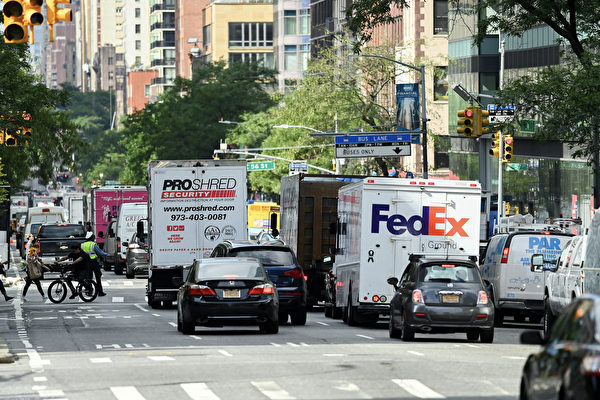According to a statewide survey released on Monday (April 22nd), the majority of New York voters oppose the proposed $15 congestion charge in Midtown Manhattan.
The survey conducted by Siena College found that 63% of New York State voters oppose the congestion pricing plan. This plan, promoted by Governor Kathy Hochul and the Metropolitan Transportation Authority (MTA), aims to reduce traffic congestion and raise nearly $1 billion annually for public transportation systems.
In New York City, 64% of voters are against implementing the congestion charge south of 60th Street in Manhattan, with only 33% in support. The opposition is even stronger in the surrounding areas of the city as many residents drive into Manhattan.
The survey combined opinions from various voter demographics in New York, including 72% of African Americans, 62% of Latinos, 62% of union households, 75% of Republicans, 69% of independents, and even a majority of Democrats (54%) opposing the new pricing standard. Additionally, only 34% of Democrats support the bill – which was initially proposed in 2019 by former Governor Andrew Cuomo and the Democratic-controlled state legislature.
The congestion charge is set to be enforced on weekdays from 5 am to 9 pm and on weekends from 9 am to 9 pm, with overnight fees dropping to $3.25. The survey also found that about one-third of New Yorkers say they will reduce their driving frequency into Manhattan or seek alternative transportation methods.
Furthermore, as the congestion charge is scheduled to begin in June, the New York state government has passed a series of measures to prevent toll evasion. The recent state budget indicates that the government will impose harsher penalties on drivers who obscure license plates or evade tolls in other ways. Possible fines could amount up to $500 and vehicle registration suspension.
Whether these measures will alter public perception of the congestion charge and how to balance the city’s transportation needs with financial pressures remains a key point of observation in the future.

